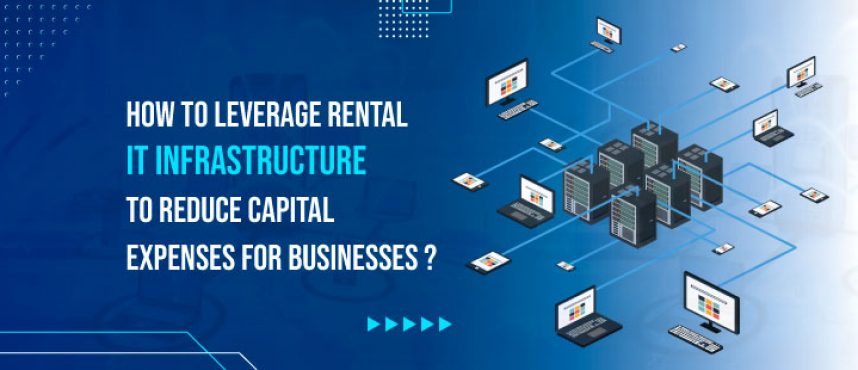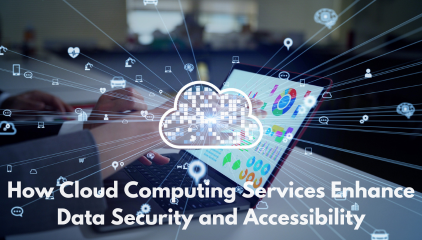How to leverage rental IT Infra to reduce capital expenses for businesses?
Renting IT infrastructure can be an effective way to reduce capital expenses for businesses.
Here are some steps you can follow to leverage rental IT infrastructure and minimize your capital expenses:
- Assess your needs: Determine your specific IT infrastructure requirements, such as servers, storage, networking equipment, or software licenses. Understand your short-term and long-term needs to make an informed decision about what infrastructure components to rent.
- Research rental options: Look for reputable IT infrastructure rental providers that offer flexible rental agreements and reliable equipment. Compare prices, terms, and customer reviews to ensure you choose a provider that aligns with your business requirements.
- Evaluate cost savings: Calculate the total cost of ownership (TCO) for renting IT infrastructure compared to purchasing and maintaining your own. Consider factors such as depreciation, maintenance costs, upgrades, and scalability. Determine the potential savings you can achieve by renting instead of buying.
- Plan for scalability: One advantage of renting IT infrastructure is the ability to easily scale up or down as needed. Evaluate your growth projections and ensure the rental provider can accommodate your changing requirements. This flexibility can save you from overinvesting in infrastructure that may become obsolete or underutilized.
- Consider managed services: Some IT infrastructure rental providers also offer managed services, where they handle maintenance, updates, and technical support for the rented equipment. Opting for managed services can further reduce your operational burden and IT staffing costs.
- Focus on core competencies: By renting IT infrastructure, you can redirect your resources and expertise towards your core business functions. Instead of allocating capital and manpower to managing and maintaining IT infrastructure, you can concentrate on your strategic goals and areas where you have a competitive advantage.
- Leverage cloud services: Cloud computing offers a flexible and cost-effective alternative to traditional IT infrastructure. Consider renting virtual servers, storage, or software applications from cloud service providers. Cloud services often provide pay-as-you-go models, allowing you to scale resources based on demand while avoiding substantial upfront costs.
- Plan for data security: Ensure that the rental IT infrastructure meets your security requirements. Discuss data privacy, backup protocols, disaster recovery measures, and compliance with the rental provider. Safeguarding your business data should always be a priority.
- Test before committing: Before making a long-term commitment, consider renting a small portion of the IT infrastructure to assess the performance, compatibility, and reliability. This can help you verify if the rental solution meets your expectations before scaling up.
- Monitor costs and performance: Regularly review your rental IT infrastructure costs and performance metrics to ensure they align with your business objectives. Optimize resource allocation, adjust capacity as needed, and renegotiate rental agreements when necessary to maintain cost efficiency.
By following these steps, you can leverage rental IT infrastructure to reduce capital expenses, improve flexibility, and focus on your core business functions.
We here at Network Techlab India Private Limited provide all types of IT Infrastructure on rent including servers, storages, ups, laptops, desktops, workstations and much more. If you have any query or would like to request a demo for any of our products of services, please feel free to connect with us at Email: info@netlabindia.com Contact: +91 8879004536









